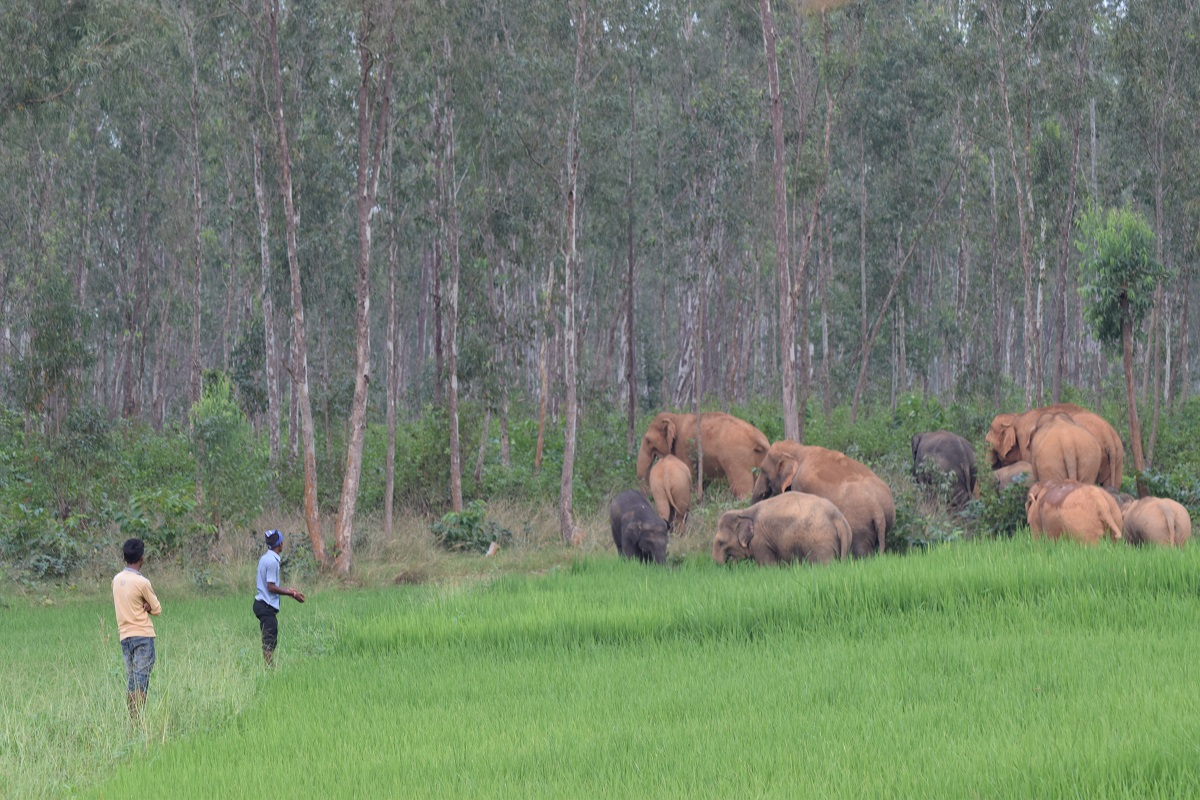Odisha has overtaken the north eastern State of Assam to top the country’s human fatalities rate due to elephant attack for the second year in a row.
The State reported 93 human deaths due to elephant attacks in 2020-21 while Assam witnessed 91 human casualties, followed by Jharkhand (74) and West Bengal (47). While the year saw 462 human deaths due to elephant attacks across the country, the State accounted for 20% of the cumulative fatality toll, said officials.
Advertisement
In 2019-20, the State also topped the fatality chart with as many as 117 dying due to elephant attack followed by West Bengal (116), Jharkhand (84), Chhattisgarh (77) and Assam (75), they added.
“Odisha forest department has failed to control Human-Elephant Conflict (HEC) despite crores of rupees being spent on elephant drives. The conflict has jumped in recent years. The department regularly pays private consultants high fees to prepare mitigation plans which remain on paper. Key measures that would save human lives and elephants like controlling mining and quarrying are never executed. Rather more and more mining clearances are given by the department”, alleged Biswajit Mohanty, Secretary, Wildlife Society of Orissa.
Due to unregulated mining activity, the stressed elephants intrude into the villages in search of food killing locals in the process. Every mining proposal in dense forests that are elephant habitat and feeding grounds has been cleared by the department and that has also contributed to rise in HEC, Mohanty alleged.
Almost 60% of human deaths reported in recent months are attributed to attacks by tuskers. There are particular tuskers who are marked by aggressive behavioral instinct to go on killing sprees. However it is possible to prevent those confrontations if these tuskers are identified and continuously tracked by expert trackers. Tracking is not being conducted since most trackers are actually deployed on other duties, he said.
It has been found that nearly 25% of human casualties occur when the walls of the huts are toppled by elephants to raid paddy and liquor. The sleeping inmates are crushed under the debris. A massive door to door campaign needs to be launched by the forest department to make people aware about the danger of storing food grains and liquor in houses, the conservationist Mohanty suggested.
Currently, the State is home to 1976 elephants in 37 forest divisions, identified as elephants’ habitation corridors. The elephant population in the State is marked by gender imbalance with 1092 females, 344 males. The gender of the rest is yet to be ascertained.
















